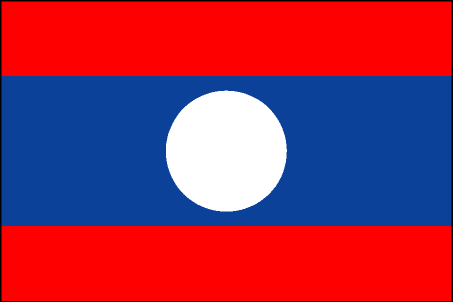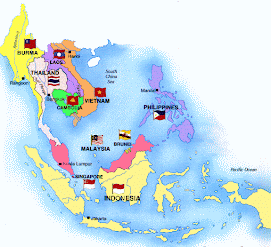Some Information:
RELIGION
From the PowerPoint, I can infer that religion plays a very big part in the lives of the Burmese.
The reason for my inference is:
The reason for my inference is:
 ( taken from http://www.sacred-destinations.com/burma/images/yangon-rangoon/schwedagon/bamboo-scaffolding-gold-maintenace-cc-flappingwings.jpg)
( taken from http://www.sacred-destinations.com/burma/images/yangon-rangoon/schwedagon/bamboo-scaffolding-gold-maintenace-cc-flappingwings.jpg)1.The main stupa in the Pagoda( a Burmese temple) is completely solid, every inch is covered in gold.
2.The upper parts are studded with diamonds totalling over 2,000 carats.
3.At the very top of the spire is the diamond orb - a hollow gold sphere studded with 4351 diamonds totalling 1800 carats. On the very tip rests a single, 76-carat diamond.
Since the people were willing to spend so much money to build their place of worship, they must really take their religion as a big part of their lives.
2.The upper parts are studded with diamonds totalling over 2,000 carats.
3.At the very top of the spire is the diamond orb - a hollow gold sphere studded with 4351 diamonds totalling 1800 carats. On the very tip rests a single, 76-carat diamond.
Since the people were willing to spend so much money to build their place of worship, they must really take their religion as a big part of their lives.
 ( taken from http://www.sacred-destinations.com/burma/images/yangon-rangoon/schwedagon/shwedagon-pagoda-from-hotel-roof-c-awfulsara.jpg)
( taken from http://www.sacred-destinations.com/burma/images/yangon-rangoon/schwedagon/shwedagon-pagoda-from-hotel-roof-c-awfulsara.jpg)Sometimes, even during a blackout, where all the buildings are cut off of their electricity, the Pagoda is the only building that still has the electricity supply, and the only building in the city that is shining brightly.
PEOPLE
There was a part of the PowerPoint, in which there was a quote, The quote was something like this:
“For centuries the Burmese have been famous for their gentile, soft-spoken manner. Indeed, they talk at a rather low volume and use very polite speech in whatever language they are speaking.”
From this, we can infer that The Burmese are probably gentle, and courteous people, who can probably come across as sweet-natured and polite people.


 (taken from
(taken from 



